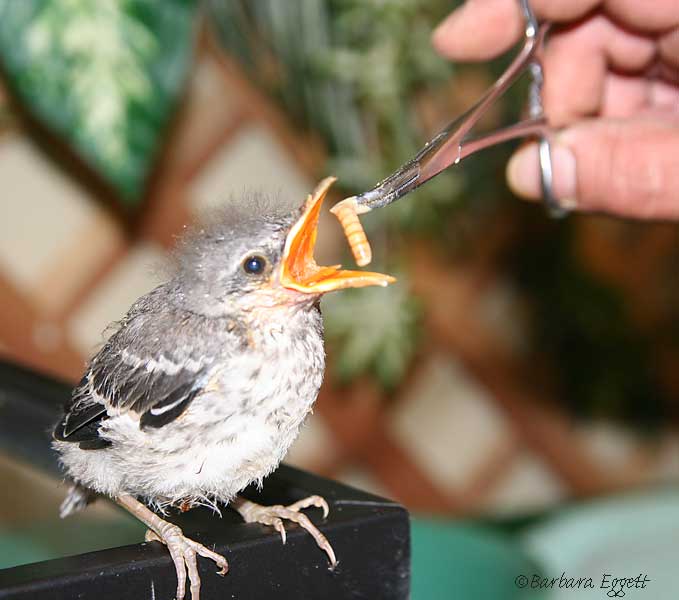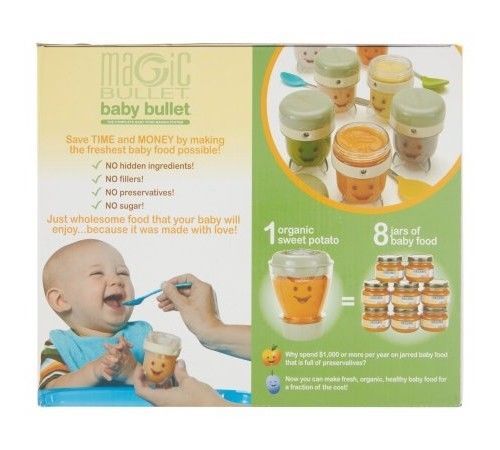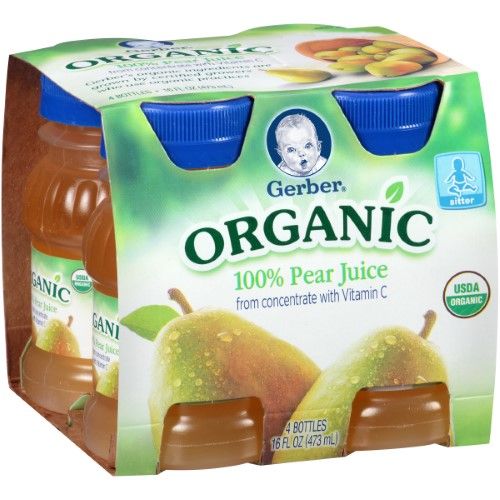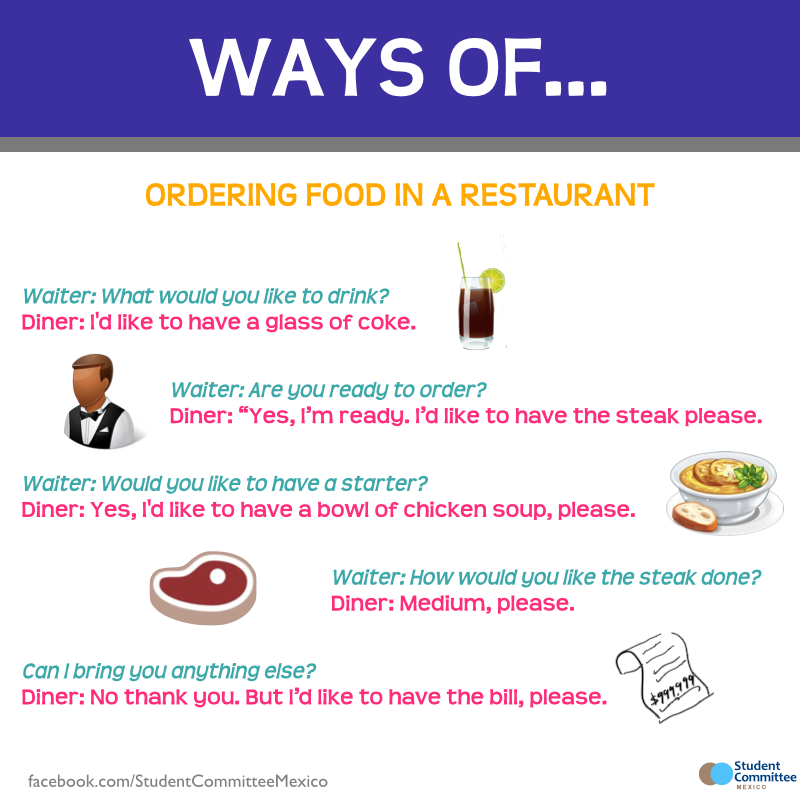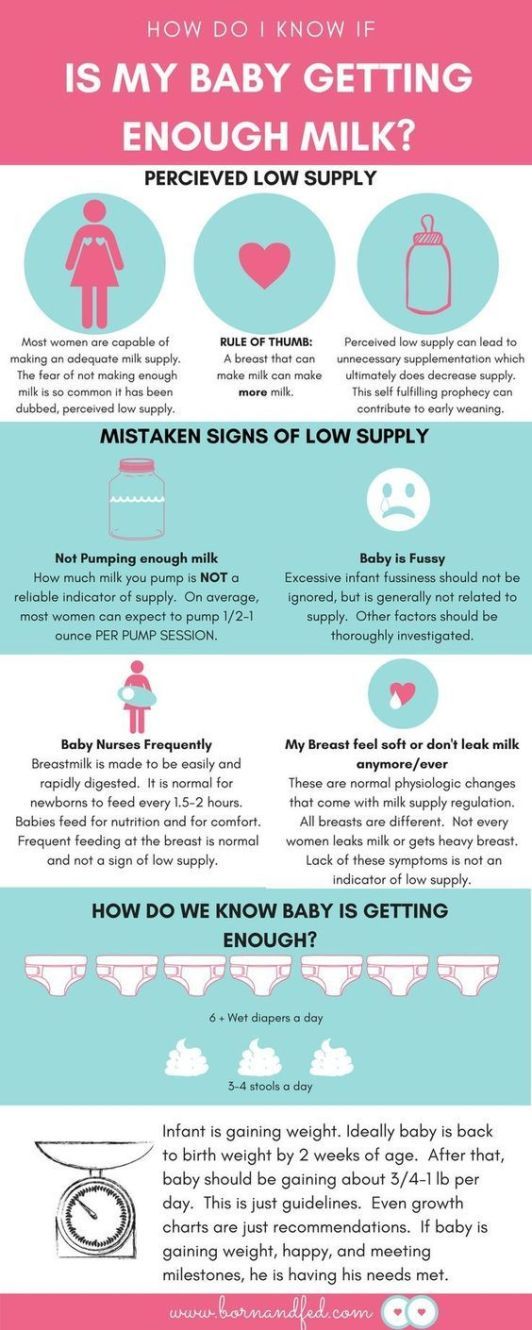How much should baby eat solid food
How much should my baby eat? A guide to baby food portions
- Community
- Getting Pregnant
- Pregnancy
- Baby names
- Baby
- Toddler
- Child
- Health
- Family
- Courses
- Registry Builder
- Baby Products
Advertisement
Wondering how much to feed your baby? This can be hard to figure out, especially when you're starting solids and most of your baby's food ends up on your little one or the floor. It's also difficult to determine how much an 8-month-old (or older baby) should eat – babies this age are more interested in solid foods but still get most of their nutrition from breast milk or formula. This visual guide to baby food portions can help you figure out how much your baby should eat at every stage.
Photo credit: Karla Martin for BabyCenter
How much should my baby eat?
Do you worry that your baby is eating too little or too much? Your baby will self-regulate her food intake based on what their body needs, so let their appetite be your guide.
It's helpful to have a reference point, however. Here are photos of how much solid food a baby typically eats in a day. You can also ask your baby's doctor for feeding advice.
This visual guide shows:
- Portions for infants who are new to solids (typically 4 to 6 months)
- Two sample meals for a younger baby (6 to 8 months)
- Three sample meals and two snacks for an older baby (8 to 12 months) from a menu developed by the American Academy of Pediatrics (AAP)
Your little one may eat less or more than what's shown here. Your job is to provide a variety of healthy foods at regular intervals without pressure, and their job is to decide what and how much to eat.
Photo credit: iStock.com / UntitledImages
Watch for signs your baby is full
Lots of factors – including activity level, growth spurts or plateaus, illness, and teething – will affect your baby's appetite, which can vary daily.
End feeding when they signal that they're done. Signs of being full include:
Signs of being full include:
- Turning their head away
- Refusing to open their mouth for another bite after they've swallowed (resist the urge to encourage your baby to have one last spoonful)
- Leaning back in their chair
- Playing with the spoon or food rather than eating
Photo credit: Karla Martin for BabyCenter
How much a 4- to 6-month-old should eat
When your baby is developmentally ready for solids, typically around 4 to 6 months, talk to their doctor about introducing solid foods. The first bites are mostly about them getting used to the idea of having something different in their mouth.
- Start with a very small amount, 1 to 2 teaspoons, of a single-ingredient puree.
- Gradually increase to 1 to 2 tablespoons of food once a day.
- Follow your baby's fullness cues.
Popular first foods include pureed mango, banana, chicken, turkey, beef, peas, sweet potatoes, and infant cereal. It's up to you what food to start with, but wait 3 to 5 days between introducing each new food to make sure your baby doesn't have an allergic reaction or food intolerance. (And remember, no cow's milk or honey until age 1.)
It's up to you what food to start with, but wait 3 to 5 days between introducing each new food to make sure your baby doesn't have an allergic reaction or food intolerance. (And remember, no cow's milk or honey until age 1.)
Photo credit: Karla Martin for BabyCenter
How much a 6- to 8-month-old should eat
As your little one gets more comfortable with solids, you can increase the frequency of meals and variety of food.
- Transition from one to two meals a day, typically by 8 months.
- Over time, add a second food to each meal. The photo above is an example of a meal with two foods.
- Once you've worked up to two meals with two foods each, aim for a balance of proteins, vegetables, fruits, and grains in their daily diet.
- Whenever you introduce a new food, start with a very small amount, a teaspoon or two, to allow your baby to get used to its flavor and texture.
- Start with a soupy consistency. Gradually add more texture as their eating skills improve.

Expect their intake of breast milk or formula to go down. They'll start drinking less of it as they eat more solid foods. Provide healthy options at mealtimes, and let them choose how much to eat.
Note: The jars in all photos are standard 4-ounce baby food jars.
Photo credit: Karla Martin for BabyCenter
Breakfast for a younger baby (6 to 8 months)
Cereal and fruit make an easy combination for a morning meal.
Grain: Iron-fortified, whole-grain infant cereal is a popular first grain. At 6 months, a typical daily portion of infant cereal mixed with breast milk or formula might be 2 to 3 tablespoons, increasing to 4 to 8 tablespoons (1/4 to 1/2 cup) by 8 months. (It's best to avoid rice cereal, though.)
Fruit: Babies love the natural sweetness of fruits like pears, apples, berries, prunes, and stone fruits. Between 6 and 8 months, a baby will typically transition from about 2 to 3 tablespoons of fruit puree a day to 4 to 8 tablespoons (1/4 to 1/2 cup) of mashed or minced fruit.
Photo credit: Karla Martin for BabyCenter
Dinner for a younger baby (6 to 8 months)
If you serve a grain and fruit in the morning, consider offering a protein-rich food and vegetable later in the day. Your child may eat more or less than the amounts shown.
Protein: A baby might transition from eating 1 to 2 tablespoons of meat puree at 6 months to 2 to 4 tablespoons at 8 months, for example. Other good protein sources include cheese, unsweetened plain whole-milk yogurt, tofu, beans, and lentils.
Vegetables: Between 6 and 8 months, a baby will typically transition from about 2 to 3 tablespoons of vegetable puree a day to 4 to 8 tablespoons (1/4 to 1/2 cup). Try classic favorites like carrots, spinach, or butternut squash, as well as less traditional first foods such as parsnips, beets, or asparagus.
As your child's eating skills improve, gradually add more texture by dicing or mincing foods.
Photo credit: Karla Martin for BabyCenter
How much an 8- to 12-month-old should eat
By 8 months or so, your baby is likely getting the hang of eating and needs to eat more calories to support their growing body. But since their little belly can't hold a lot of food, they'll need to eat more often. Every baby is different, but this may be a good time to try offering a third solid food meal.
But since their little belly can't hold a lot of food, they'll need to eat more often. Every baby is different, but this may be a good time to try offering a third solid food meal.
During this period:
- Continue to give your baby breast milk or formula.
- Add morning and afternoon snacks. (Some babies this age are happy with breast milk or formula as their snack, while others gravitate toward solid foods.) Once you've added a third meal and snacks, your baby will be eating or drinking something about every two to three hours.
- Continue to aim for a mix of proteins, vegetables, fruits, and grains.
- Introduce coarser and chunkier textures, for example, by dicing or mincing food instead of pureeing it, and graduate to soft finger foods as your baby's eating skills improve.
- Avoid foods with added sugars. Check the Nutrition Facts label on packaged foods, and try to steer clear of foods that list 1 gram or more of "Added Sugars.
 "
" - Provide healthy options, and let your baby choose how much to eat.
To visualize daily portions for an 8- to 12-month-old, check out the following photos of a typical day's menu for a baby this age, developed by the AAP.
Your child may eat more or less than these amounts. If you're concerned about how much your baby is eating, talk to their doctor for advice.
Photo credit: Karla Martin for BabyCenter
Breakfast for an older baby (8 to 12 months)
The AAP sample menu for a baby 8 to 12 months features a breakfast consisting of:
- 4 to 8 tablespoons (1/4 to 1/2 cup) whole-grain infant cereal mixed with formula or breast milk
- 4 to 8 tablespoons (1/4 to 1/2 cup) diced fruit
Note: This is an example. Your baby may eat different foods and amounts.
Photo credit: Karla Martin for BabyCenter
Morning snack for an older baby (8 to 12 months)
The AAP sample menu for a baby 8 to 12 months features a morning snack consisting of:
- 4 tablespoons (1/4 cup) diced cheese or cooked vegetables
Note: This is an example of a morning snack, which babies typically add sometime between 8 and 12 months. Your baby may eat different foods and amounts.
Your baby may eat different foods and amounts.
Photo credit: Karla Martin for BabyCenter
Lunch for an older baby (8 to 12 months)
The AAP sample menu for a baby 8 to 12 months features a lunch consisting of:
- 4 to 8 tablespoons (1/4 to 1/2 cup) unsweetened plain whole-milk yogurt or cottage cheese, or minced meat
- 4 to 8 tablespoons (1/4 to 1/2 cup) diced or mashed yellow or orange vegetable
Note: This is an example. Your baby may eat different foods and amounts.
Photo credit: Karla Martin for BabyCenter
Afternoon snack for an older baby (8 to 12 months)
The AAP sample menu for a baby 8 to 12 months features an afternoon snack consisting of:
- 4 tablespoons (1/4 cup) diced fruit or unsweetened plain whole-milk yogurt
- 1 whole-grain teething biscuit or cracker
Note: This is an example of an afternoon snack, which babies typically add sometime between 8 and 12 months. Your baby may eat different foods and amounts.
Your baby may eat different foods and amounts.
Photo credit: Karla Martin for BabyCenter
Dinner for older baby (8 to 12 months)
The AAP sample menu for a baby 8 to 12 months features a dinner consisting of:
- 4 tablespoons (1/4 cup) minced or ground poultry or meat, or diced tofu
- 4 to 8 tablespoons (1/4 to 1/2) cup diced, cooked green vegetable
- 4 tablespoons (1/4 cup) noodles, pasta, rice, or potato
- 4 tablespoons (1/4 cup) diced fruit
Note: This is an example. Your baby may eat different foods and amounts.
Photo credit: Karla Martin for BabyCenter
How much should my baby drink once they start eating solids?
Breast milk or formula will fully meet your child's hydration needs until they're about 6 months old. They may start drinking less as solid foods become a bigger part of their diet. Here are typical daily amounts by age – your baby's intake may be different, however.
6 to 8 months: 24 to 32 ounces of formula, or continued breastfeeding on demand
8 to 12 months: 24 ounces of formula, or continued breastfeeding on demand
Water: You can offer your baby water once they start eating solids, but let them self-regulate how much they drink. The Centers for Disease Control and Prevention (CDC) recommends giving babies who are 6 to 12 months old 4 to 6 ounces of water a day, but what your baby decides to drink may vary. They may drink more on a hot day, for example.
Avoid juice: Juice isn't recommended for babies younger than 12 months.
Photo credit: iStock.com / SDI Productions
Your baby has the final say
Keep in mind that these portions are an estimate. The truth is, every baby is different, and there's no set amount of food that's appropriate for every baby at every stage.
If you're worried about whether your baby is eating enough – or too much – the best advice is to look for and respond to signs that your baby is full.
Your baby's doctor will chart their weight gain at regular intervals. If the doctor sees a consistent growth curve and doesn't have other concerns, your baby is most likely eating the right amount of food.
Hungry for more?
Age-by-age guide to feeding your baby
The 10 best foods for babies
The worst foods for babies
Using spices and seasoning in baby food
Elizabeth Dougherty
Elizabeth Dougherty is a veteran parenting writer and editor who's been contributing to BabyCenter since 2015. She's an intrepid traveler, devoted yogi, and longtime resident of Silicon Valley, where she lives with her husband and son.
Advertisement | page continues below
Feeding your baby: 6–12 months
At 6 months of age, breastmilk continues to be a vital source of nutrition; but it’s not enough by itself. You need to now introduce your baby to solid food, in addition to breastmilk, to keep up with her growing needs.
Be sure you give your baby her first foods after she has breastfed, or between nursing sessions, so that your baby continues to breastfeed as much as possible.
When you start to feed your baby solid food, take extra care that she doesn’t become sick. As she crawls about and explores, germs can spread from her hands to her mouth. Protect your baby from getting sick by washing your and her hands with soap before preparing food and before every feeding.
Your baby's first foods
When your baby is 6 months old, she is just learning to chew. Her first foods need to be soft so they’re very easy to swallow, such as porridge or well mashed fruits and vegetables. Did you know that when porridge is too watery, it doesn't have as many nutrients? To make it more nutritious, cook it until it’s thick enough not to run off the spoon.
Feed your baby when you see her give signs that she's hungry – such as putting her hands to her mouth. After washing hands, start by giving your baby just two to three spoonfuls of soft food, twice a day. At this age, her stomach is small so she can only eat small amounts at each meal.
The taste of a new food may surprise your baby. Give her time to get used to these new foods and flavours. Be patient and don’t force your baby to eat. Watch for signs that she is full and stop feeding her then.
As your baby grows, her stomach also grows and she can eat more food with each meal.
Feeding your baby: 6–8 months old
From 6–8 months old, feed your baby half a cup of soft food two to three times a day. Your baby can eat anything except honey, which she shouldn't eat until she is a year old. You can start to add a healthy snack, like mashed fruit, between meals. As your baby gets increasing amounts of solid foods, she should continue to get the same amount of breastmilk.
Feeding your baby: 9–11 months old
From 9–11 months old, your baby can take half a cup of food three to four times a day, plus a healthy snack. Now you can start to chop up soft food into small pieces instead of mashing it. Your baby may even start to eat food herself with her fingers. Continue to breastfeed whenever your baby is hungry.
Continue to breastfeed whenever your baby is hungry.
Each meal needs to be both easy for your baby to eat and packed with nutrition. Make every bite count.
Foods need to be rich in energy and nutrients. In addition to grains and potatoes, be sure your baby has vegetables and fruits, legumes and seeds, a little energy-rich oil or fat, and – especially – animal foods (dairy, eggs, meat, fish and poultry) every day. Eating a variety of foods every day gives your baby the best chance of getting all the nutrients he needs.
If your baby refuses a new food or spits it out, don’t force it. Try again a few days later. You can also try mixing it with another food that your baby likes or squeezing a little breastmilk on top.
Feeding non-breastfed babies
If you're not breastfeeding your baby, she’ll need to eat more often. She'll also need to rely on other foods, including milk products, to get all the nutrition her body needs.
- Start to give your baby solid foods at 6 months of age, just as a breastfed baby would need.
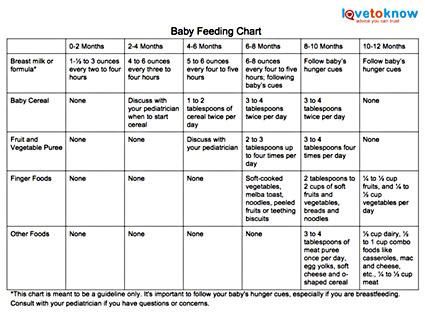 Begin with two to three spoonfuls of soft and mashed food four times a day, which will give her the nutrients she needs without breastmilk.
Begin with two to three spoonfuls of soft and mashed food four times a day, which will give her the nutrients she needs without breastmilk. - From 6–8 months old, she’ll need half a cup of soft food four times a day, plus a healthy snack.
- From 9–11 months old, she’ll need half a cup of food four to five times a day, plus two healthy snacks.
Introducing Solid Food: Why, When, What and How
Introducing Solid Food: Why Babies Need It
As babies grow older, the need for solid food arises, from which the body will receive enough iron and other nutrients necessary for growth and development.
During the first six months, the baby's body uses the iron stored in the womb. Some iron also comes from breast milk and/or formula. But as the baby grows, the reserves of this substance in the body decrease. And the iron that a child receives from breast milk or formula is already not enough at the age of about six months. nine0005
Through the introduction of solid foods, the child also learns to eat, gets to know new tastes and textures of different foods. At the same time, he develops teeth and jaws, and he also acquires skills that will later be needed for language development.
At the same time, he develops teeth and jaws, and he also acquires skills that will later be needed for language development.
Signs it's time to introduce solid foods
You will know when it's time to introduce solid foods by how your baby develops and behaves.
Your child is ready for solid food if:
- holds head and neck well and can sit upright with support
- shows interest in food - for example, looking at the contents of your plate
- reaching for your food
- opens his mouth when you offer him food from a spoon.
Most children show these signs by about six months, but in general everyone is individual.
It is not recommended to introduce solid foods before four months of age.
If your baby is about seven months old and hasn't started solid foods yet, you can talk to a nurse or pediatrician. nine0005
The best time to offer solid food to your baby is when you and he are in a good mood for the first time.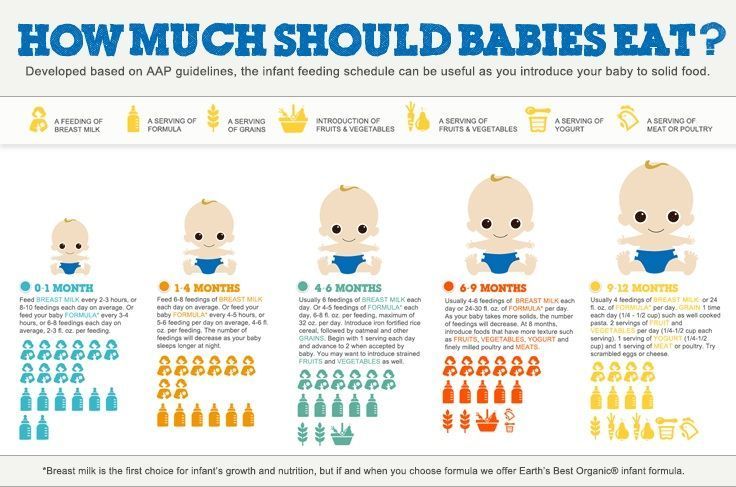
He is also more likely to try new foods after breast milk or formula. The fact is that when a child is really hungry, he only wants milk or formula, because he knows that he will be satisfied. At the same time, there will still be room for other food in his tummy.
Over time, you will learn to tell if your baby is hungry or full, wants to try something or is tired. nine0005
Your child is hungry, if:
- brightens up when he sees you cooking for him
- leans towards you while sitting in a highchair
- opens its mouth when you are about to feed it.
Your child no longer wants to eat if:
- turns away
- loses interest or gets distracted
- repels spoon
- purses his lips.
In what portions should the new food be introduced to the child? Start with 1-2 teaspoons and increase according to your baby's appetite. By 12 months, he should be eating about three small meals a day, plus breast milk or formula. nine0005
nine0005
Consistency of solid food
The first solid food can be smooth, pureed or in soft pieces , depending on your baby's preference. Then the child can quickly move on to finely chopped, and then just to finely chopped foods.
The child needs food of various consistencies. This will help him learn to chew, and chewing, in turn, contributes to the development of speech. It also encourages the child to learn to eat on his own and will prevent eating problems as he develops. nine0005
By 12 months, the baby should already be eating the same as the rest of the family. You may have to cut some foods into smaller pieces, and boil the vegetables well.
Do not leave the child unattended while eating, make sure that he does not choke. Be especially careful with foods such as nuts and small-boned meats, as they are easy to choke on. If the child can already move around, try to seat him while eating. If you sit next to each other while the baby is eating, he will most likely sit more quietly. nine0005
nine0005
Types of foods when introducing solid foods
The child will be happy to try any new food, so there is no need to prepare something “special” for him.
You can introduce solid foods in any order, as long as you include iron-rich foods and cook foods of the right consistency.
Foods rich in iron include:
- iron-fortified baby cereals
- minced meat, poultry and fish
- tofu and legumes, cooked
- mashed or boiled eggs (do not give raw or soft-boiled eggs).
Iron-rich foods can be supplemented with other healthy foods:
- vegetables such as boiled potatoes, carrots or green vegetables such as broccoli
- fruit - e.g. banana, apple, melon or avocado
- cereals - e.g. oats, bread, rice and pasta
- Dairy products such as yogurt and full fat cheese.
These products can be combined as there is no need to administer only one product at a time. By offering your child a variety of foods, you will allow him to try a variety of new tastes and get a lot of nutrients. nine0005
By offering your child a variety of foods, you will allow him to try a variety of new tastes and get a lot of nutrients. nine0005
With our solid food introduction tips, you can get your child interested in new foods and make the eating process smoother and playful.
Breast milk and formula when introducing solid food
Continue breastfeeding or formula until at least 12 months while introducing solid food.
If you are unsure if your baby is getting the right amount of milk once solids are introduced, pay attention to his behavior. nine0005
For example, if a child has eaten a lot of solid food and is not getting enough or is not getting enough milk, the daily milk feeds may need to be made less frequent but longer. If the baby does not want to eat solid food, he may have had too much milk. This may be a signal that portions of milk should be reduced.
By about nine months of age, babies usually develop enough chewing and swallowing skills to eat solid foods before milk, not after. nine0005
nine0005
Solid food does not replace breast milk or formula. If the transition to solid foods instead of milk and/or formula occurs too quickly, a child may miss an important milestone in their diet.
Water administration
At the age of six months, the child may be offered chilled boiled water in a cup during meals or at other times. This is to help your baby learn to drink from a cup, but at this age, he still doesn't need liquids other than breast milk or formula. When the child is one year old, he can be offered fresh tap water without boiling. nine0005
Foods and drinks to avoid
Some foods should not be given to children under a certain age:
- honey under 12 months to avoid the risk of infant botulism
- raw eggs, soft-boiled eggs, and products containing raw eggs, such as homemade mayonnaise, up to 12 months - bacteria in raw eggs may be harmful to infants
- skim milk products up to two years
- Whole nuts and similar hard foods up to three years - due to risk of choking.
 nine0018
nine0018
Also, up to a certain age, children should not be given certain drinks :
- pasteurized whole cow's milk as a main drink up to 12 months
- soy, goat and sheep milk up to two years (fortified soy products may be given up to two years)
- rice, oatmeal, almond or coconut milk up to two years of age, unless advised otherwise by a pediatrician or nurse
- Unpasteurized milk of all kinds, tea, coffee or sugar-sweetened beverages for all ages
- fruit juice - should be limited at any age (fruits contain the nutrients a child needs).
Salt and sugar should not be added to baby food. Infants and young children are not suitable for highly processed foods and packaged foods that are high in fat, sugar and/or salt. These include cakes, cookies, chips and fried foods.
Food allergy and introduction of solid foods
Early introduction of allergenic foods may reduce risk development of food allergy in a child.
All children, including children at high risk of allergies, should try allergenic foods from about six months of age . These foods include hard-boiled eggs, peanut butter, wheat (in wheat bread, cereals, and pasta), and cow's milk (but not as a staple drink).
It is recommended to consult a physician, health visitor, nutritionist, pediatrician, allergist or immunologist if:
- the child already has a food allergy
- you have a family history of food allergies and are concerned about introducing solid foods to your child
- you are worried about his reaction to the products.
Children with severe eczema and children of parents with food allergies are more likely to develop food allergies. But most children with food allergies do not have food allergy parents.
how and when to introduce a child to solid foods
Solid food: how and when to teach a child to solid food Expecting new skills from the baby, do not rush things. It is necessary to acquaint the child with solid food no earlier than 6-7 months. At this time, the desire to scratch the gums, ready for the appearance of the first teeth, will coincide with the interest in adult food.
It is necessary to acquaint the child with solid food no earlier than 6-7 months. At this time, the desire to scratch the gums, ready for the appearance of the first teeth, will coincide with the interest in adult food.
Dry initial milk formula adapted by Valio Baby 1 NutriValio for feeding children from birth to 6 months Read more
Follow-up dry milk formula adapted by Valio Baby 2 NutriValio for feeding children from 6 to 12 months More
Dry milk drink "Baby milk" Valio Baby 3 NutriValio for feeding children over 12 months Read more
Children are born with a vital, unconditioned reflex - sucking. They are ready to suck on their mother's breasts, but all solid objects that have fallen into their mouths are automatically pushed out so as not to choke (a protective reflex is triggered). Therefore, parents are not recommended to accustom the baby to solid foods too early. This will cause not only rejection, but sometimes vomiting. The ideal time is considered to be the start of complementary foods. When the first teeth begin to grow in the child, you can replace the homogenized puree with food with the addition of soft fibers. They will be to the taste of the baby, as they will massage itchy gums. An important clue for parents is also the child's interest in adult food. If the baby looks into your plate, tries not to suck on mashed potatoes in a spoon, but to remove it with his upper lip and chew - it's time to introduce more solid food into the children's menu. First, at the tip of the spoon, offer the baby vegetable and cereal side dishes, closer to 9months you can give pieces of well-boiled meat. The kid does not immediately learn to chew them, and the food will come out with a stool almost in its original form. It's not scary, over time the child will learn everything.
Therefore, parents are not recommended to accustom the baby to solid foods too early. This will cause not only rejection, but sometimes vomiting. The ideal time is considered to be the start of complementary foods. When the first teeth begin to grow in the child, you can replace the homogenized puree with food with the addition of soft fibers. They will be to the taste of the baby, as they will massage itchy gums. An important clue for parents is also the child's interest in adult food. If the baby looks into your plate, tries not to suck on mashed potatoes in a spoon, but to remove it with his upper lip and chew - it's time to introduce more solid food into the children's menu. First, at the tip of the spoon, offer the baby vegetable and cereal side dishes, closer to 9months you can give pieces of well-boiled meat. The kid does not immediately learn to chew them, and the food will come out with a stool almost in its original form. It's not scary, over time the child will learn everything. It is important not to ignore his desire, you will have to pay for the pedagogical miscalculation and literally teach the child to chew.
It is important not to ignore his desire, you will have to pay for the pedagogical miscalculation and literally teach the child to chew.
Of course, not everything can go according to plan. The most common reasons why a child refuses solid food:
nine0182The pieces of food are too big.
You are using the wrong feeding technique.
The spoon is big for a child.
The child has unpleasant associations - perhaps you gave him medicine from this spoon. Do not use everyday baby utensils for unpleasant procedures.
nine0018The child is in a bad mood or does not feel well.
In no case do not force the baby to eat if he refuses. Gently try again and again. Set an example - eat the first spoon yourself, showing the crumbs how tasty his food is. If the child still cannot cope with solid food, it is worth contacting a pediatric osteopath.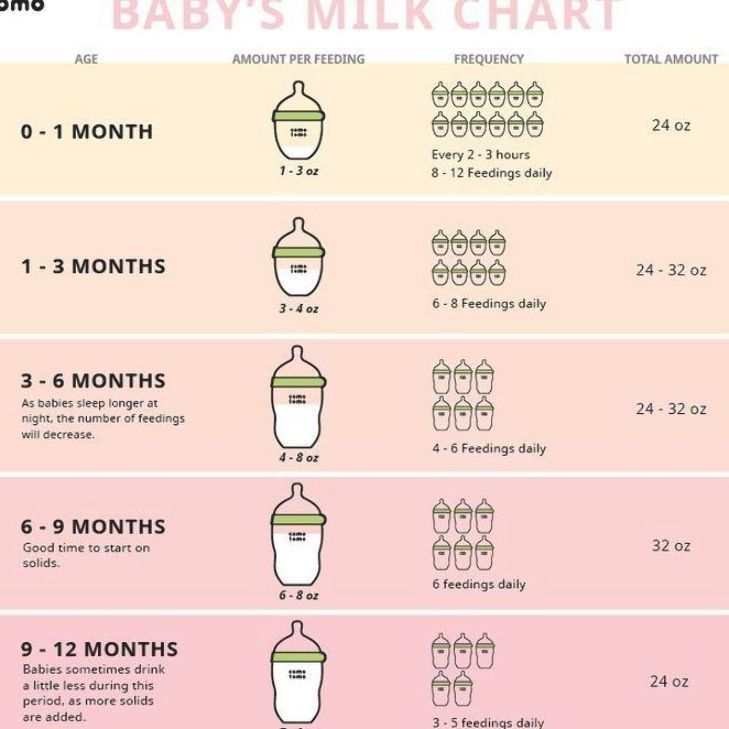 The baby may have a non-standard structure of the maxillofacial system, subluxation of the jaw associated with birth trauma, problems with muscle tone. The timely introduction of solid food is very important not only for the full nutrition of the child, it affects his future speech activity. Breastfeeding is a good prevention of speech therapy problems. In order to suck milk from the breast, the child needs to make more efforts than when feeding from a bottle - this is a good (and what is valuable - natural) training of the jaws and muscles of the tongue, and it must be continued by introducing the crumbs to solid food in time. Of course, a baby with a piece of an apple in his hands (and in his mouth) must be looked after so that he does not choke. By the way, for the development of the chewing and speech apparatus, it is useful to grimace with the baby during the game - this strengthens the facial muscles well. nine0005
The baby may have a non-standard structure of the maxillofacial system, subluxation of the jaw associated with birth trauma, problems with muscle tone. The timely introduction of solid food is very important not only for the full nutrition of the child, it affects his future speech activity. Breastfeeding is a good prevention of speech therapy problems. In order to suck milk from the breast, the child needs to make more efforts than when feeding from a bottle - this is a good (and what is valuable - natural) training of the jaws and muscles of the tongue, and it must be continued by introducing the crumbs to solid food in time. Of course, a baby with a piece of an apple in his hands (and in his mouth) must be looked after so that he does not choke. By the way, for the development of the chewing and speech apparatus, it is useful to grimace with the baby during the game - this strengthens the facial muscles well. nine0005
2.71 7
FoodShare:
Author: Reetta Tikanmäki
Palm oil in baby food
Infant milk formulas are made from cow's milk.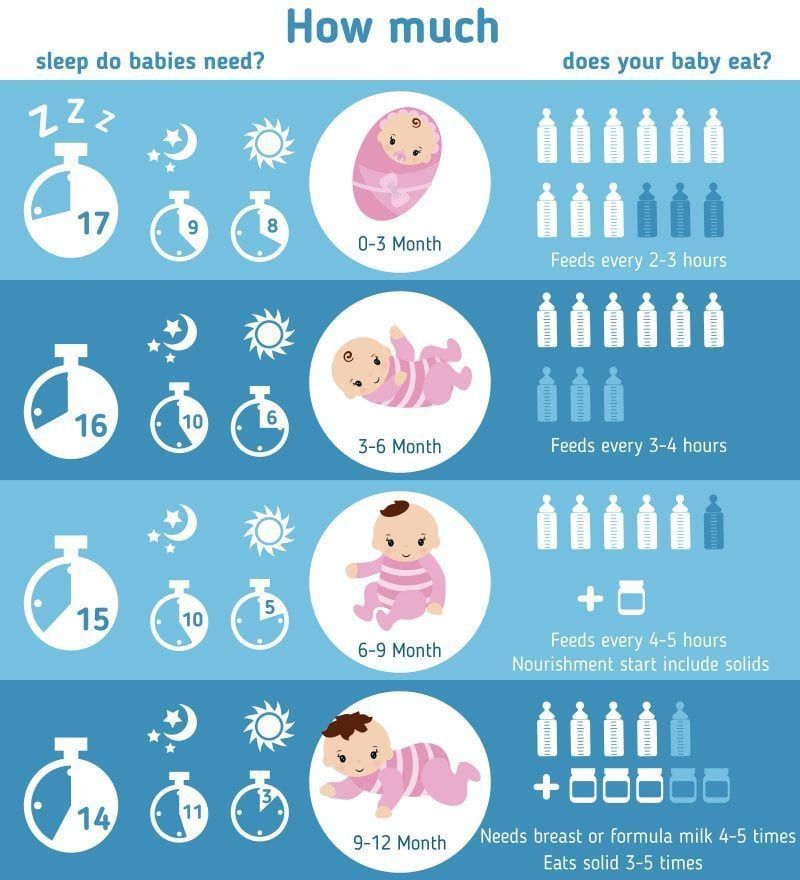 However, in terms of fat composition, it differs significantly from that of the mother.
However, in terms of fat composition, it differs significantly from that of the mother.
Read
Author: Ivargizova Oksana
How to choose milk formula for a baby
Breast milk is the best food for a newborn baby. It contains all the necessary nutritional components that fully meet the needs of the child and are necessary for his healthy and harmonious development. nine0005
Read
Show all
Password recovery
To recover your password, enter your e-mail, which you specified during registration. We will send you a message with further instructions to this e-mail
Thank you for contacting us!
An email with information to reset your password
has been sent to your mail
Return to site
YOUR CITY -
?
Yes Change
We want to make our site more convenient for you, so we collect analytical data about your visit using cookies.

